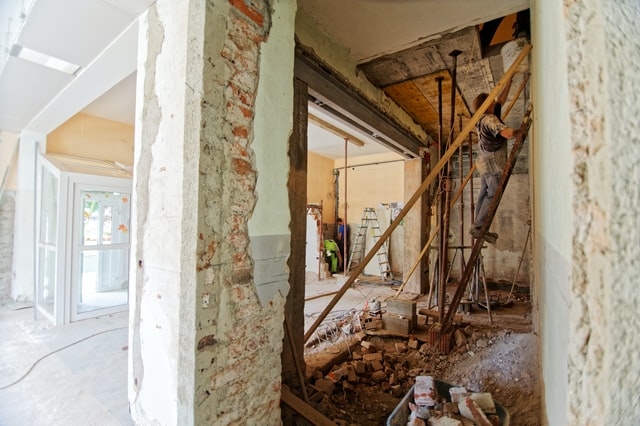We know that the wildly high post-lockdown demand was in large part driven by fear of missing out, or FOMO. People definitely took notice of the low interest rates and decided to take advantage of them. Interest rates are no longer low, and home purchasing demand has slowed. However, home renovations are still in high demand for just a bit longer. Renovating is not as expensive as buying, so homeowners with FOMO who could not afford to buy instead sought to remodel their current homes to better suit their needs.
In turn, though, home renovation costs have also increased rapidly in response to demand. By the last quarter of 2021, the year-over-year change in home remodeling costs had risen to 9.4%, about 2.5 times the expected 3.8% increase. Current projections have the Q3 2022 increase at an incredible 19.7%. But just like with rising home prices, increasing home remodeling costs will begin to price out even those affected by FOMO. Q3 is predicted to be the peak, with the prices starting to slow again by Q4 2022.
Photo by Milivoj Kuhar on Unsplash
More: https://journal.firsttuesday.us/californias-home-remodeling-boom-set-to-peak-in-2022/83020/



















